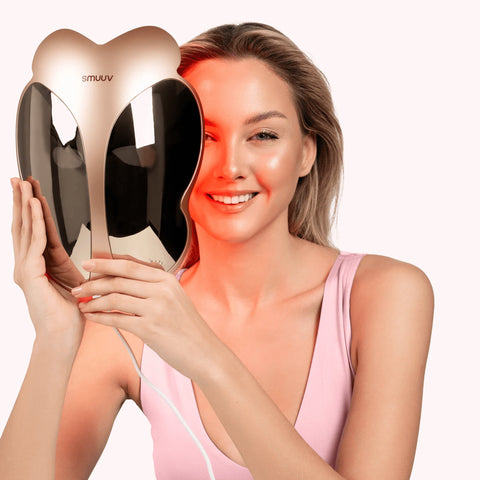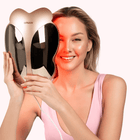FREE UK SHIPPING 🇬🇧CHRISTMAS SALE | CODE: HOLIDAY2090 DAY MONEY BACK GUARANTEEBUY NOW, PAY LATER OPTIONS AVAILABLE
Choose country + currency
Search
POPULAR SEARCHES
Is Mave IPL FDA approved?
Is the Lulu Pro Mask safe for all skin types?
Can I use the Lulu Pro Mask with my skincare products?
What payment methods do you accept?
How do I pay with my HSA or FSA card?
Can I pay in installments?
About Us
Track My Order
Shipping & Delivery
Returns and Refunds
Shipping Protection
Warranty Covers
Satisfaction Guarantee
Using Your HSA/FSA
Newsletter

GET 10% OFF YOUR FIRST ORDER
Join the SMUUV mailing list and be the first to know about new product launches, exclusive collabs, latest promotions, and our top skincare tips. Read our privacy policy.



